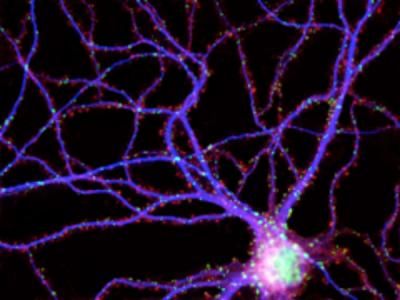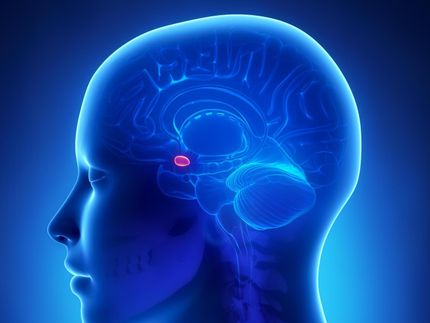Brain imaging gives new insight into mental disorders
A new kind of psychiatry built on objective measures derived from functional magnetic resonance imaging (or fMRI) of the brain performed while patients play economic games could provide new insight into the diagnosis and, eventually, treatment of mental disorders, said researchers from Baylor College of medicine in a review in Neuron.
These new tools will not only help produce new brain "signatures" associated with disorders such as autism, schizophrenia and borderline personality, they will also help identify the nature of normal variation in human decision making and the brain, said Dr. P. Read Montague, professor of neuroscience and director of the Computational Psychiatry Unit at BCM, and Dr. Kenneth T. Kishida, a postdoctoral fellow in the area.
Montague is a pioneer in a discipline that uses powerful fMRI machines to measure how blood flows in the brain while individuals play economic games that always involve choice and sometimes require cooperation between participants – a growing paradigm that has come to be known as neuroeconomics. The areas of greatest blood flow reveal what parts of the brain are involved during the decision-making process.
The two, along with Dr. Brooks King-Casas, assistant professor of neuroscience at BCM, describe a number of studies involving people with and without mental disorders in a review of the beginning of a new field – computational psychiatry.
In a crucial prior study, King-Casas and others at BCM identified a characteristic fMRI "signal" that distinguished borderline personality disorder – a disorder that is extremely hard to diagnose – from psychologically healthy controls.
Not only do Montague and his colleagues seek to build a more concrete or objective method of diagnosis for mental disorders, they also seek to determine the range of what is considered healthy or "normal".
"What is the nature of normal variation in these games," said Kishida. "Can this help us measure the difference between what is considered healthy and what is pathologic?"
Currently, most psychiatric diagnoses are descriptive, based on a cluster of symptoms recognized by professionals and codified in a standard guide called the Diagnostic and Statistical Manual of Mental Disorders. Montague said their aim is not to replace psychiatrists or psychologists but "to augment their way of assessing people."
Once scientists identify the brain signals associated with a particular pathology and the areas or tissues involved, they can then start to look for the genes associated with those patterns, said Montague and Kishida. That will involve scanning the brains of thousands of people, both those who are healthy and those with known pathologies.
Most read news
Topics
Organizations
Other news from the department science

Get the analytics and lab tech industry in your inbox
By submitting this form you agree that LUMITOS AG will send you the newsletter(s) selected above by email. Your data will not be passed on to third parties. Your data will be stored and processed in accordance with our data protection regulations. LUMITOS may contact you by email for the purpose of advertising or market and opinion surveys. You can revoke your consent at any time without giving reasons to LUMITOS AG, Ernst-Augustin-Str. 2, 12489 Berlin, Germany or by e-mail at revoke@lumitos.com with effect for the future. In addition, each email contains a link to unsubscribe from the corresponding newsletter.























































